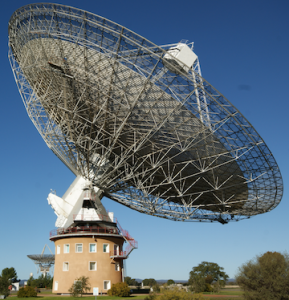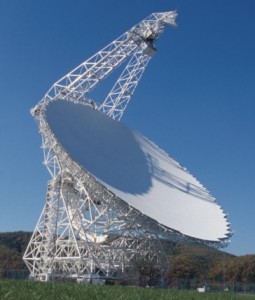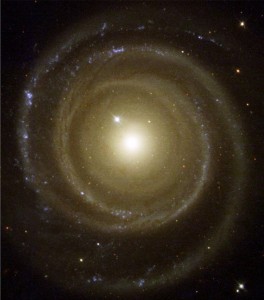Tag Archives: aliens
Waste or not to Waste
Provocative ideas need to be tested with the gusto to match.
Freeman Dyson is a 91 year-old physicist, and has no fear of exploring iconoclastic ideas. Many I find appealing, but some, in particular his acceptance of global warming being a good thing, is not one of them. Of course, the Sahara becoming green again could be a good thing, but is it worth the cost to other now temperate regions of the globe? For more about him read the article in the New York Times Magazine.
Dyson is also a big supporter of the analog (have you listen to an LP lately?), imagining that if his “self” was to be transferred in a different platform at the end of the universe, he would much rather be stored in an analog cloud of particles rather than in a digitized version in a networked universe. He also devised what he calls a “Cosmic Egg” which would be a nano spaceship full of minuscule nano bots, that would be able to travel fast due to their low mass, and for a long time until they found a suitable planet, and set up a nano civilization, start reproducing, build and send more eggs to explore other destinations…on and on.
The idea of his that resulted in the latest study of exploration of infra red spectrum of distant galaxies, is his vision of what became to be called a “Dyson Sphere”. There is nothing nano about this one – it goes like this: when a civilization has used all the energy available on its home planet, it would construct a sphere around its star (that would be the Sun for us), and collect all of its energy output. Even this would soon become insufficient (according to Carl Sagan), and more and more stars would be needed until most of the galaxy energy output would be collected. This activity would be easily detectable from afar since it would leak infra red emissions, while dimming the light emitted by the galaxy. It turns out that due to the laws of physics, energy use is impossible to hide.
That is what this latest effort at detecting alien civilizations has been directed towards, by analyzing the part of the infra red spectrum in which such waste energy would surface in hundreds of galaxies. We should be able to recognize the telltale signs of such a civilization. The study came up empty handed, as no out-of-balance emissions have been detected.
But this result allows us to reflect on the consequence of this failure:
“Such an expensive and greedy civilization would have no place for a more gentle and welcoming one like ours. It’s the trait of rapacious users who either have a big reason or a big insatiability”, says David Brin, an astrophysicist. Surely trying to enter in contact with such an empire would not bode well for us, as Stephen Hawkins has said. When two civilizations come into contact, it does not end well for the less technologically developed of the two.
So these kinds of ‘gas guzzling’ galactic empires probably do not exist, and this is why we do not detect them. SETI (Search for Extra Terrestrial Intelligence) is basically looking for waste energy. An advanced civilization must have found ways to reduce or even eliminate waste, so as to be invisible.
I think that this is extremely relevant to our small world problem, as it shows us the obvious path, which is to lower waste instead of increase consumption. In the past few years, what was an educated guess (the possibility of extraterrestrial life) has, thanks to the Kepler Observatory (another space telescope like the Hubble), become a more and more unavoidable outcome. Among the 3500 celestial bodies discovered by Kepler, more than a thousand (confirmed by other observatories) have been substantiated as alien planets. This allows us to extrapolate that every star in the Milky Way has more than one subject orbiting it.
In the meantime, our light emissions have obscured viewing the Milky Way for more than half of the human population. It seems to me that it will soon be the subject of myth and lore told under a canopy of artificial light. All the while we are broadcasting louder and louder…knock knock…who’s there?
To know more about this read this excellent article from Scientific American


